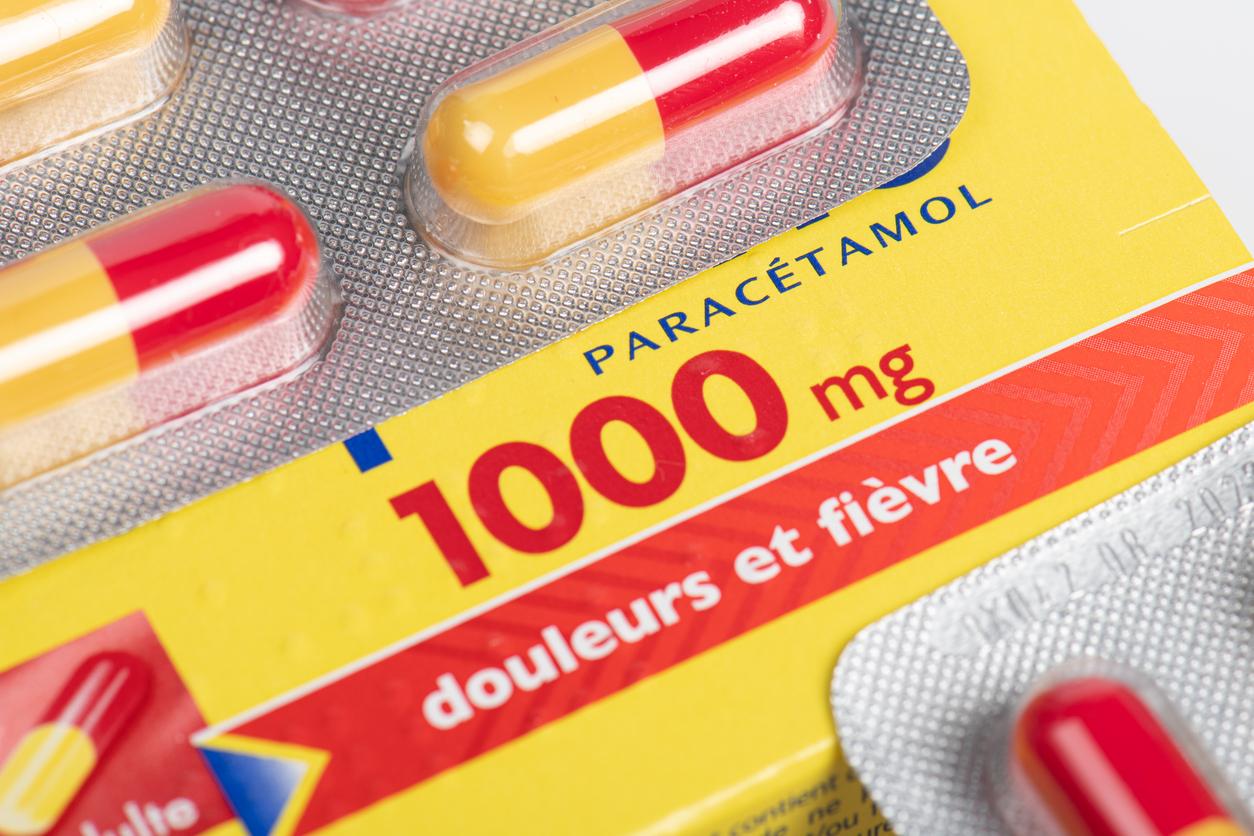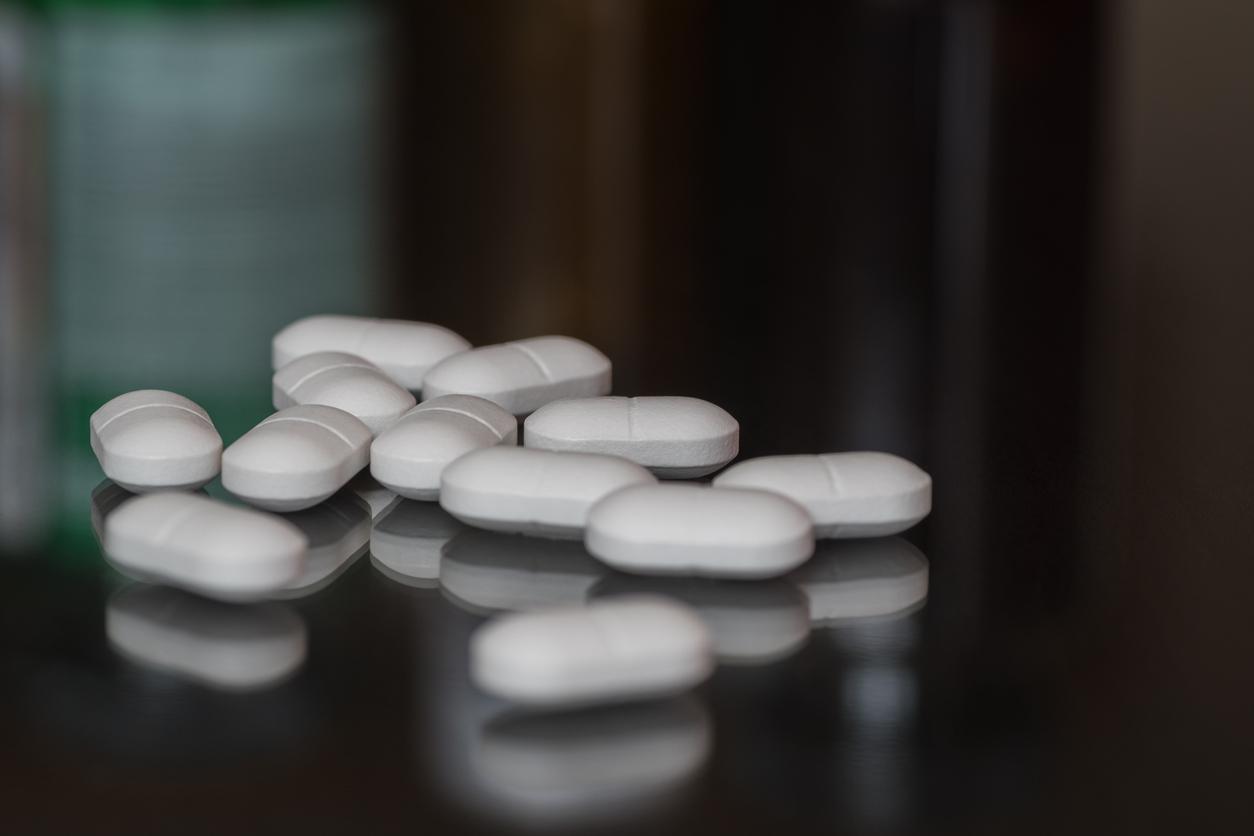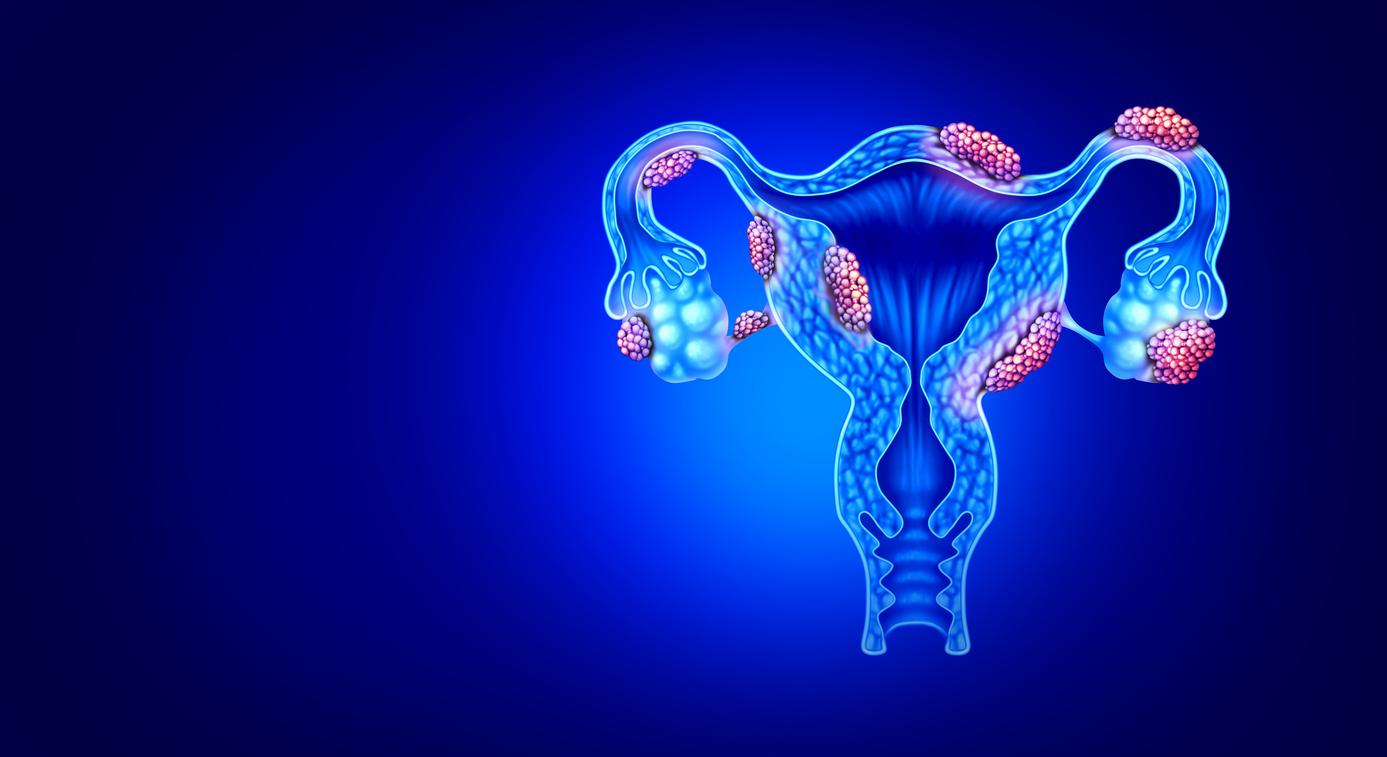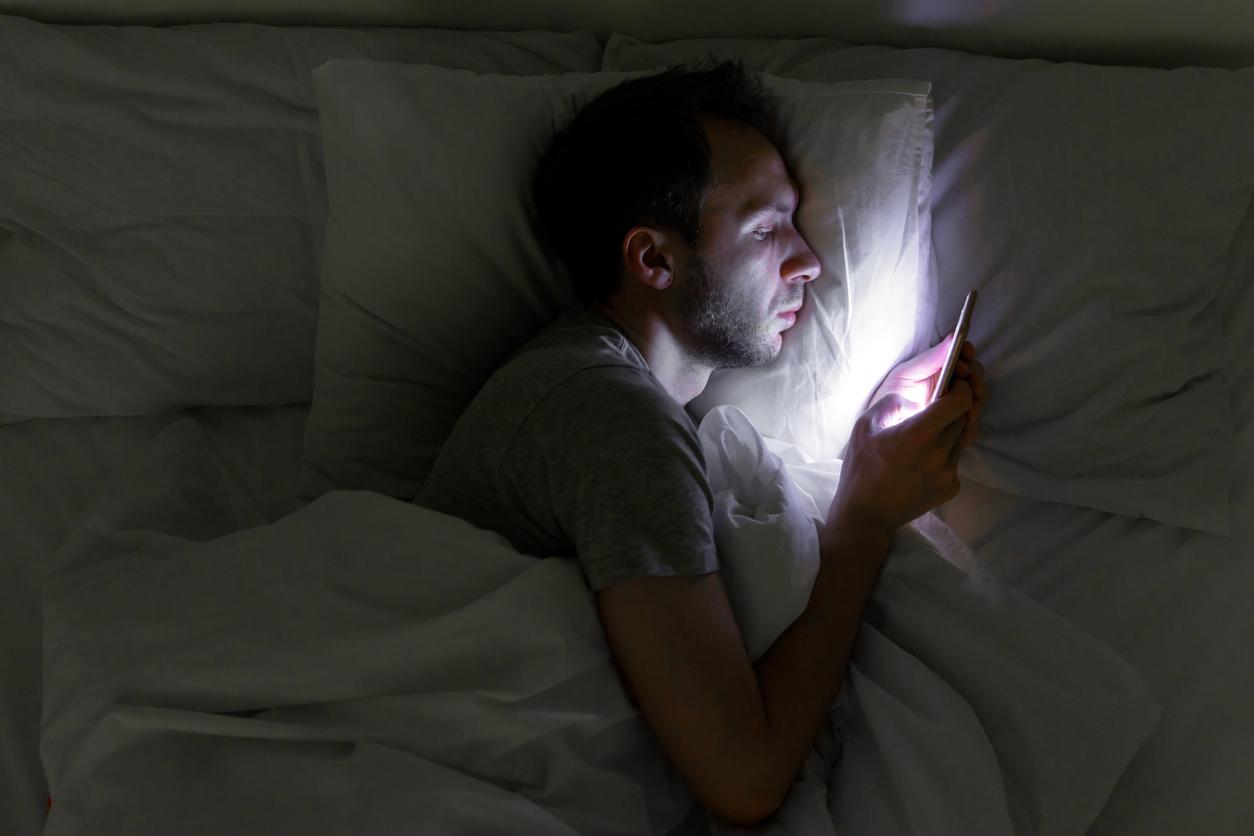The biological clock controls the intensity of the pain which is stronger during the night.

- The internal clock regulates the sleep/wake system, body temperature, blood pressure, hormone production, heart rate, cognitive abilities, mood and even memory.
- “Our results indicate that personalized circadian medicine could be a promising approach in pain management,” the scientists said.
“Pain intensity has been found to fluctuate over the course of the day under certain experimental and clinical conditions, but the mechanisms underlying these fluctuations are unknown,” said researchers from the University of Lyon. In a study published in the journal Brainthey found that, like many body functions, pain intensity is regulated by the internal circadian clock.
Laboratory isolation conditions
To reach this conclusion, the scientists recruited 12 young adults and followed them in conditions of temporal isolation and constant routine in the laboratory. For 34 hours, the participants had to stay awake. They had no meals at set times and no sense of time. Patients ate a snack every hour. In the room, the temperature and low light were constant. During the experiment, the volunteers did not change their posture, they were in a semi-recumbent position and made no effort.
Additionally, the authors exposed the young adults’ forearms to a heat source every two hours. People were asked to indicate when that area of the body became painful during the rise in temperature and to rate the intensity of the pain on a scale of 1 to 10.
Pain perception is rhythmic
According to the results, pain sensitivity is rhythmic over 24 hours and strongly controlled by the internal circadian clock. This sensitivity increased linearly with sleep debt, ie lack of sleep. “It is often said that sleep has an analgesic action. But by modeling our results mathematically, we show that the internal clock is responsible for 80% of the variation in pain sensation over 24 hours, against only 20% for the sleep”, explained, Claude Gronfier of the Lyon Neuroscience Research Center, in a press release from Inserm.
A peak between 3 and 4 a.m.
According to the team, the intensity of the pain fluctuates over 24 hours. It is more intense at night, more precisely between 3 and 4 am, and drops in the afternoon, around 3 and 4 pm. “It is not known why sensitivity is greatest in the middle of the night. It may be thought that evolution has put this in place in order to be awakened quickly in the event of painful contact and to avoid a vital threat. During the day , the individual is aware of the surroundings and more easily prone to injury, so this warning signal might be less necessary”, developed Claude Gronfier.















